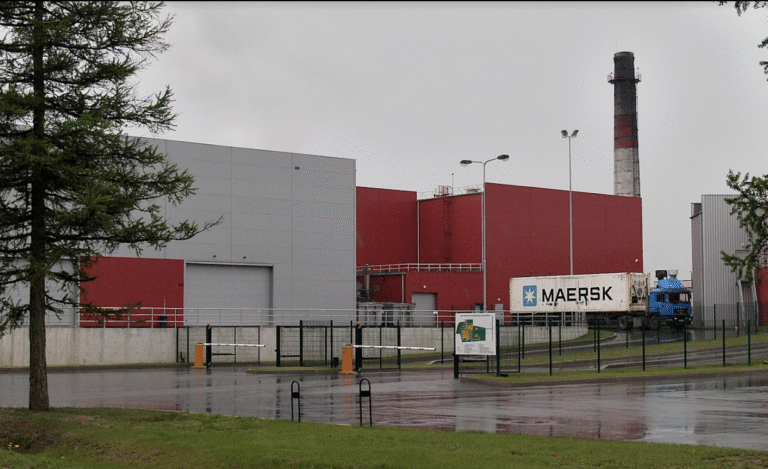Home > Products > Flow measurement
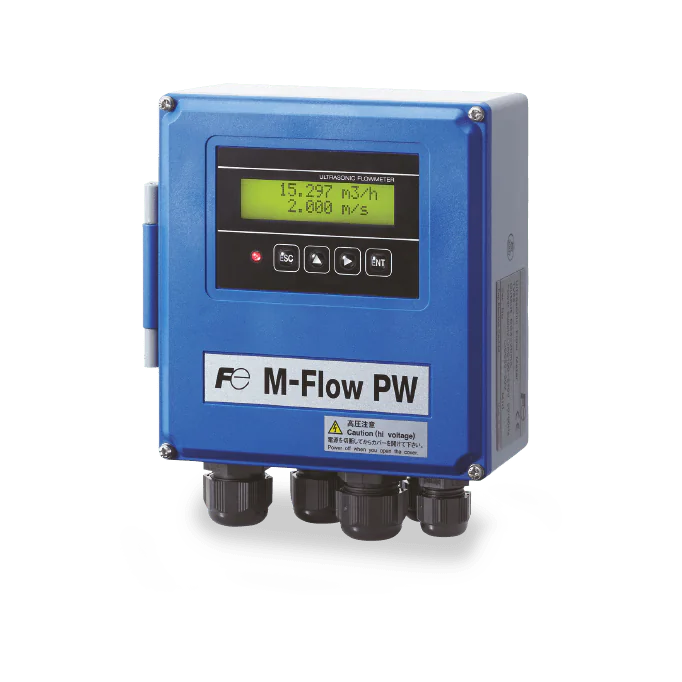
Flow measurement
Flowmeters - precise and reliable monitoring of liquid and gas flows. Choose high-quality solutions to ensure efficient process management and performance.

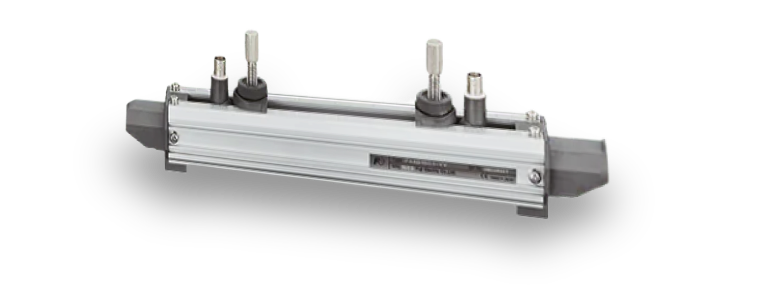
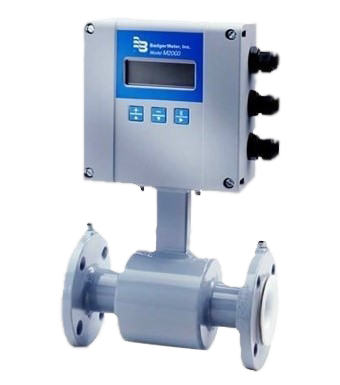
Fluid
Measurement technology
Use

Flowmeters
Fuji Electric portable ultrasonic flowmeter – FSC
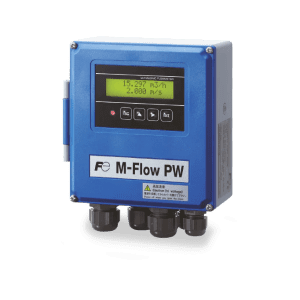
Flowmeters
Fuji Electric ultrasonic flowmeter M-Flow
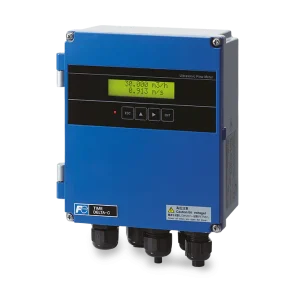
Flowmeters
Fuji Electric ultrasonic flowmeter Time Delta-C IP66
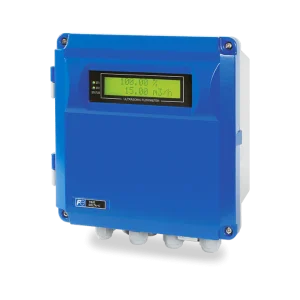
Flowmeters
Fuji Electric ultrasonic flowmeter Time Delta-C IP67

Flowmeters
Fuji Electric stationary ultrasonic flowmeter Time Delta-C

Flowmeters
Fuji Electric stationary ultrasonic flow meter Time Delta-C 2 pcs.
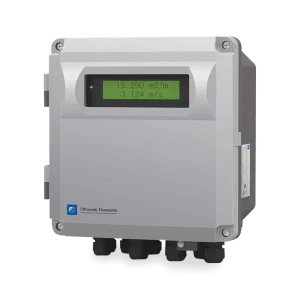
Flowmeters
Fuji Electric flow meter for steam FSJ

Flowmeters
Fuji Electric Flow and Energy Calculator – ERW700
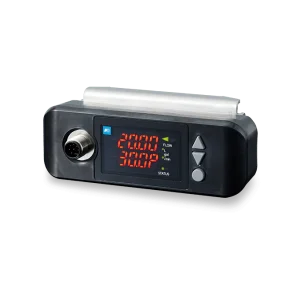
Flowmeters
Fuji Electric compact ultrasonic flowmeter S-Flow – FSZ
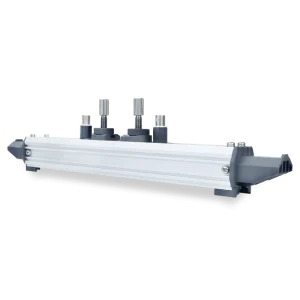
Flowmeters
Fuji Electric sensor – FSD – for FSC portable flowmeter
The highest quality of every product
Local support in your country
Customer service every step of the way
Smooth technical communication
How to measure the mass and volume flow rate of liquid, water, gas or steam?
Our experts explain the definition, operating principle, and introduce various types of flow meters, their installation, and maintenance.


Learn all about flow measurement
Flowmeters measure the flow of fluids through pipes and are used in most industrial processes. There are several categories of flowmeter.
To want choose the most suitable type of flow meter specifically purposesIn order to select the most suitable flowmeter type for a particular application, it is important to take into account process conditions, desired range and accuracy, fluid cleanliness requirements and whether it will be used to measure liquids or gases.

What is flow meter and what is the definition of flow rate?
A distinction is made between volume flowmeter and the mass flow meter. A volumetric flow meter is a versatile instrument that measures the quantity of fluid (volume) passing through a given point in a given time. This device measures the volume and flow rate of the fluid flowing through a pipe, generally a liquid flow rate like water flow rate a gas flow rate and a steam flow rate.
Some measuring instruments measure mass flow, i.e. the mass of fluid flowing through a pipe over a given period of time. Conversion between volume flow and mass flow is possible when the density of the fluid is known, and other characteristics such as pressure and temperature are also known.
Note: Flow meters Note: Flow meters and flow indicators should not be confused, as flow indicators do not measure the value of flow, but simply indicate whether or not fluid is moving in a circuit.
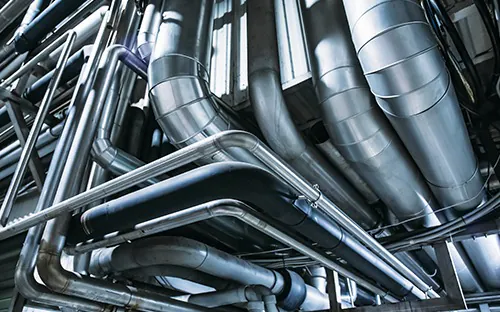
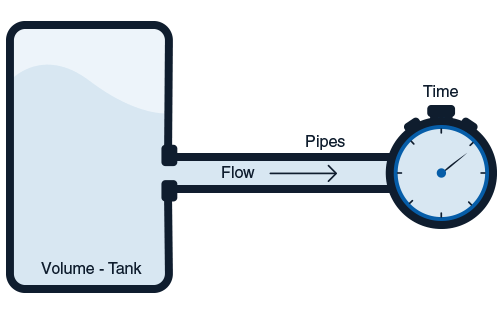
What is the unit of flow measurement?
The volumetric flow rate for measuring the flow of liquids and gases, generally represented by the symbol Q, is normally expressed in m3/h or l/s.
Mass flow is expressed in grams per second (g/s) or kilograms per hour (kg/h). A common mistake made when installing flowmeters is to confuse total counters with flow units.
Total flow sensors measure the flow that has passed through the meter since it was first switched on.
How to choose a flow meter?
Modern flowmeters are manufactured using a wide range of technologies, exploiting a variety of physical phenomena. Their research and selection require the verification of a number of parameters.
- Type of fluid
Liquid flow meter and water flow sensor, gas flow meter (e.g. air) or steam flow meter are not the same, so you need to consider what will be flowing through the pipe. The choice depends of the flow meter application and types of fluid.
- Volume or mass flow meters
Flow transmitter is capable of measuring volumetric flows, but in some cases, you may wish to measure mass flows as well.
- Fluid operating conditions
What is the maximum pressure of the fluid flow to be measured?
What is the minimum and maximum temperature of the medium to be measured?
The ability of a flow rate meter to measure temperature depends on the type of flow sensor.
Some flow measurement devices are only suitable for measuring a single temperature, while others can measure a wide range of temperatures.
What are the minimum and maximum flow rates you will be measuring ?
- Pipe size
- Pressure losses
For a low flow rate, the pressure drop involved in installing a flow transmitter is a major cost factor.
Minimising pressure loss means minimising frictional losses in the pipework.
How to choose the accuracy of a flow meter
How to choose a flow meter accuracyOne of the main objectives in designing a flow sensor is to minimise frictional pressure drop as much as possible.
The pressure drop across a flow transmitter should be minimal and constant under different operating conditions.
- The outside environment
- Installation requirements:
Generally speaking, we also need to consider the installation conditions for future flowmeters.
In general, the installation conditions of future flow rate sensors should also be considered. When a pipe network has bends, valves, diameter changes and other irregularities, disturbances in the fluid flow of the medium occur and some measurement technologies are sensitive to these disturbances.
In order to avoid measurement errors due to these disturbances, it is necessary to place enough straight pipe in front of the flow transmitter so that the fluid flow is not disturbed.
This straight length of pipe in front of flow measuring instruments is expressed in terms of the pipe diameter (DN). Other factors to consider are the accuracy and repeatability of the flow rate meter, but also the analogue or pulse output signal and the communication protocol.
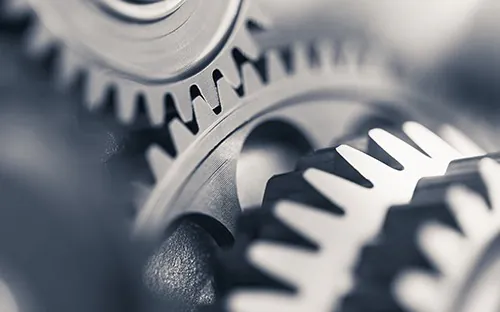
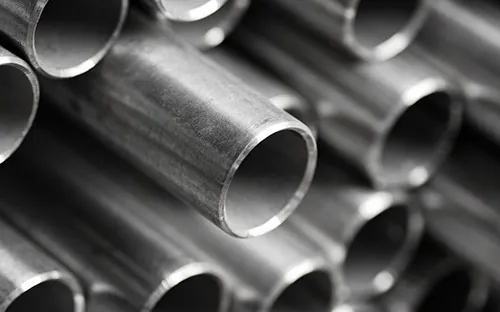
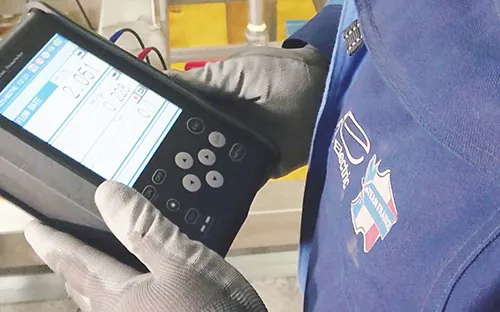
Other factors to consider are the accuracy and repeatability of the flow rate meter, but also the analogue or pulse output signal and the communication protocol.
- Accuracy must be stable, i.e. the variation in measurement error when the operating environment changes is within a fixed range.
- The flow meter must have high repeatability, i.e. the difference between two consecutive measurements must lie within a fixed range. This ensures that the meter can measure the same flow rate under different pressure conditions and with varying inlet flow rates.
- The output signal is available as 4-20mA, 0-10V, 4-20mA/0-10V, pulse, digital HART, MODBUS.
How does a flowmeter work and what is its principle?
Have you ever wondered how a flow sensor works? Let's discuss the different popular flow rate measurement technologies for measuring the flow of liquids, gas and steam.
What are the different flowmeter technologies?
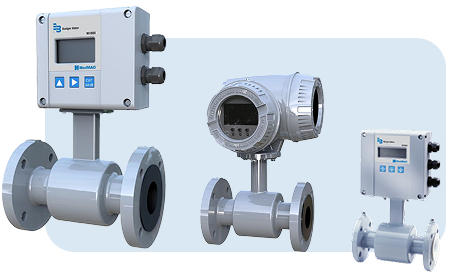
ELECTROMAGNETIC FLOWMETERS:
Visit electromagnetic flowmeters are composed of a transmitter and a sensor that measure the flow rate.
When a fluid passes through a pipe, the electromagnetic flowmeter's external sensor measures an induced voltage generated by the liquid. The transmitter measures the voltage produced by the sensor, transforming it into a flow rate value. An electromagnetic flowmeter measures flow using a pair of electrodes and a collection of coils. The electromagnetic flowmeter coils are driven by the transmitter as a result of applied currents. Once energized, a magnetic field forms between the two coils. When the pipe is filled and the fluid begins to flow, the force of the magnetic field separates the negatively and positively charged particles from the fluid.
Visit Faraday's Lawmathematically described by E = k*B*D*V, is a flow principle of magnetic flowmeters.
The induced voltage (E) is directly proportional to the velocity (V) of the fluid flowing in the magnetic field (B).
The electrode circuit transmits the induced voltage to the transmitter, which transforms the velocity into a quantitative measurement.
The volume of the fluid is estimated from this known velocity and the surface area of the pipe.
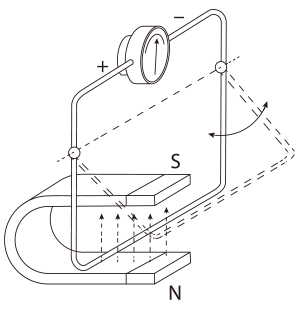
Why choose an magnetic flow meter?
- Economical for liquids such as water, wastewater, aggressive chemicals and sludge
- Low maintenance (not sensitive to particles, no moving parts, no clogging)
- Wide range of flow meter applications (lining materials, electrode options, pipe diameters)
- Bidirectional flow measurement
- High measurement dynamics (measurement of very small and very large volume flows)
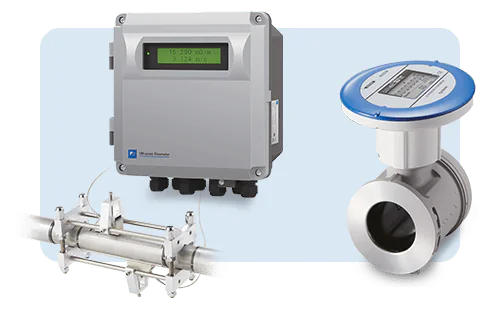
ULTRASONIC FLOWEMETERS:
- Ultrasonic flowmeters for air
- Ultrasonic steam flowmeters
- Flowmeters for liquids
Ultrasonic flowmeters use the transit time difference or Doppler effect method. The transit time method is based on the fact that the transmission speed of an ultrasonic signal depends on the flow velocity of the medium. An ultrasonic wave moving with the flow moves faster than one moving against it. Two transducers are installed face to face on the outer wall of the pipe. The transducers each emit an ultrasonic pulse and detect the difference in pulse transit time to calculate the flow rate.
Why choose an ultrasonic flowmeter?
- High measurement dynamics and turndown ratio
- No process interruption during installation of the flow sensor
- No direct contact with the fluid
- Low installation costs
- Low maintenance
- Available as portable ultrasonic flowmeters and ultrasonic flowmeters for small diameters
RELATED ARTICLES
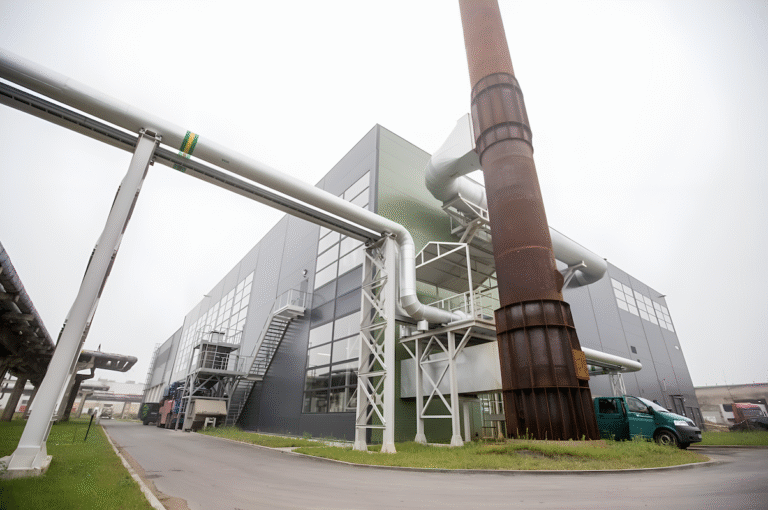
New VACON 100 FLOW 250 kW inverter at Foxita power plant
The company Invertas, UAB successfully implemented another technological project – installed, programmed and launched a VACON 100 FLOW 250 kW frequency converter...
More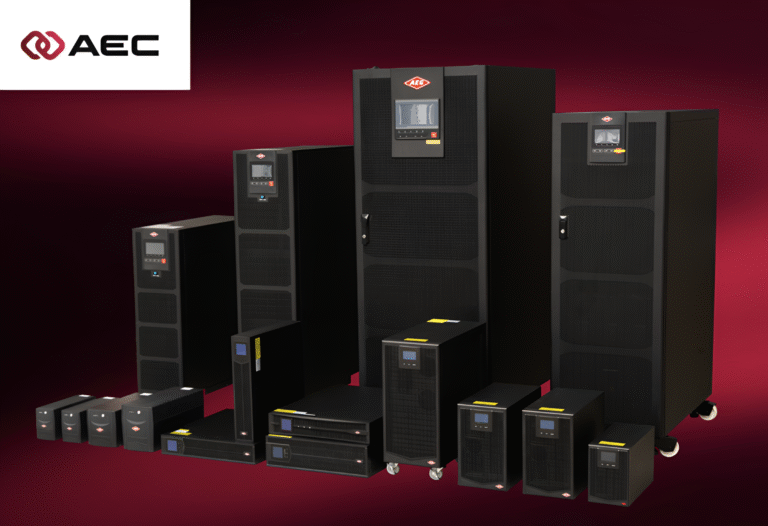
Invertas became the official representative of AEC International UPS in Lithuania
Invertas is proud to have become the official representative of AEC International – one of the most famous uninterruptible power supply (UPS) manufacturers in Europe – in Lithuania. This cooperation...
More